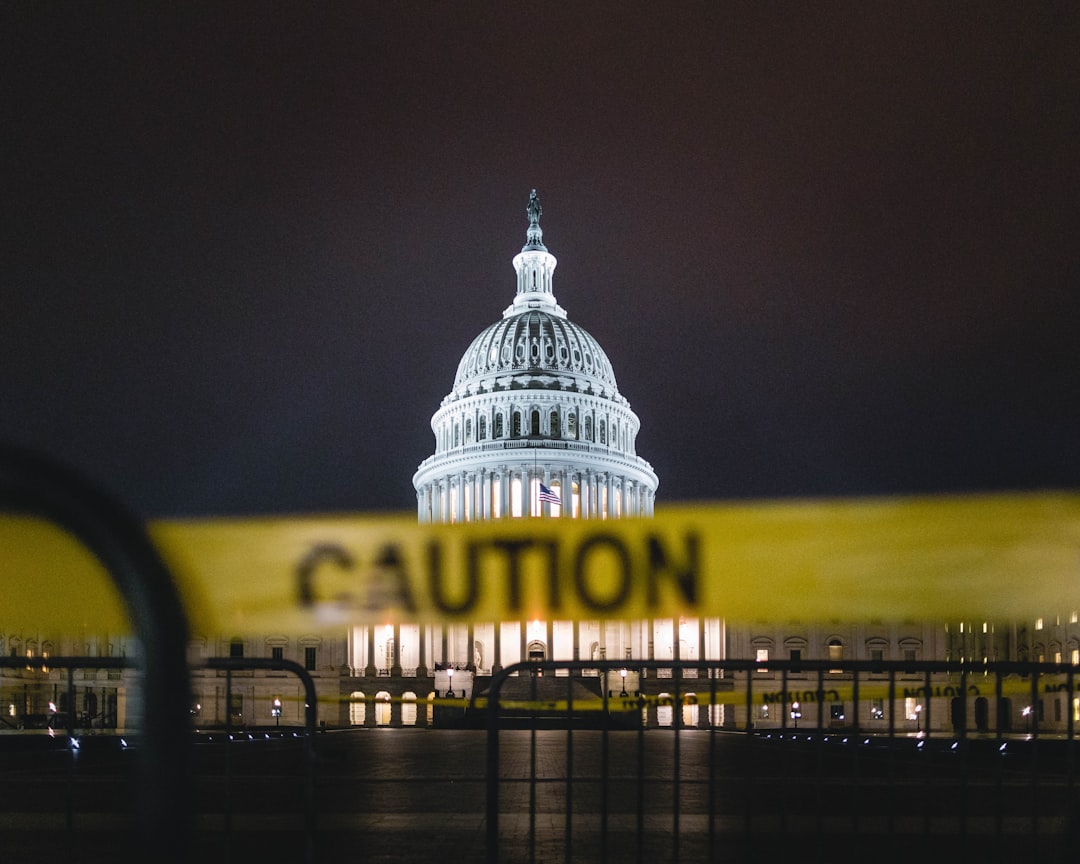The Early Sparks of the Movement

The women’s suffrage movement didn’t just appear out of thin air; it was ignited by the early feminist gatherings of the 19th century. The Seneca Falls Convention in 1848 was a pivotal moment, where women like Elizabeth Cady Stanton and Lucretia Mott voiced their determination to fight for their rights. This event was akin to planting a seed, nurturing a movement that would grow over decades. These early activists were like the first drops of rain before a storm, quietly but powerfully announcing a change. Their courage and foresight laid the groundwork for future generations to build upon, demonstrating that societal transformation begins with speaking up.
Elizabeth Cady Stanton: A Visionary Leader

Elizabeth Cady Stanton was a force of nature in the women’s suffrage movement. Her leadership was instrumental in shaping the direction of the struggle for women’s rights. Stanton was not just a figurehead; she was a thinker and a strategist. Her speeches and writings, including the “Declaration of Sentiments” at Seneca Falls, challenged societal norms and inspired women to envision a future of equality. Stanton’s vision was like a lighthouse, guiding other activists through the tumultuous journey toward suffrage. Her contributions remind us that behind every successful movement is a visionary who dares to dream.
Lucy Stone: A Voice for the Voiceless

Lucy Stone was another key figure whose efforts were crucial to the women’s suffrage movement. Known for her skills as an orator, Stone’s speeches were powerful and persuasive, reaching the hearts of many. She was one of the first women in the United States to earn a college degree, which was a testament to her determination and belief in gender equality. Stone’s advocacy extended beyond suffrage; she also fought for abolition and was a pioneer in keeping her maiden name after marriage. Her life was a testament to the idea that breaking conventions can pave the way for others to follow.
The Silent Sentinels: Protest with a Purpose

The Silent Sentinels, a group of women led by Alice Paul, used their silence as a powerful tool in the fight for suffrage. Standing quietly outside the White House with banners, they demanded action from President Woodrow Wilson. Their protest was like a quiet storm, unassuming yet impossible to ignore. Despite facing arrest and harsh treatment, the Silent Sentinels remained steadfast in their resolve. Their courage and dedication were instrumental in swaying public opinion and highlighting the urgency of granting women the right to vote. This method of protest is a reminder that sometimes, silence speaks louder than words.
Mary Church Terrell: Bridging the Gap

Mary Church Terrell was an influential African American suffragist who played a crucial role in bridging racial divides within the movement. As a founding member of the National Association of Colored Women, Terrell worked tirelessly to ensure that the voices of women of color were heard. Her efforts were like the threads of a tapestry, weaving together diverse narratives to create a more inclusive suffrage movement. Terrell’s advocacy highlighted the importance of intersectionality, emphasizing that the fight for women’s rights must be inclusive of all women, regardless of race or background.
The Intersection of Race and Suffrage

The women’s suffrage movement was not a singular narrative; it was a tapestry of diverse experiences. Intersectionality played a significant role, as women of color faced unique challenges within the movement. Activists like Sojourner Truth and Ida B. Wells fought tirelessly for both racial and gender equality. Their stories were often overshadowed, but they were vital in broadening the scope of the suffrage movement. Understanding the intersection of race and suffrage is crucial to acknowledging the multifaceted struggle for women’s rights. It reminds us that true equality cannot be achieved without addressing all forms of discrimination.
Millicent Fawcett: A Moderate Approach

In the United Kingdom, Millicent Fawcett was a leading figure advocating for women’s suffrage through moderate means. As the president of the National Union of Women’s Suffrage Societies, Fawcett believed in peaceful protests and constitutional methods to achieve change. Her approach was like a gentle river, steadily carving its path without causing disruption. Fawcett’s dedication to non-violent advocacy played a significant role in gaining public support and ultimately led to the partial enfranchisement of women in 1918. Her story illustrates that there are multiple paths to achieving the same goal, each with its unique impact.
The Role of the Suffragette Press

The suffragette press was a powerful tool in spreading the message of women’s suffrage. Newspapers and pamphlets like “The Suffragist” and “Votes for Women” provided a platform for activists to share their stories and rally support. These publications were like a megaphone, amplifying the voices of those fighting for change. The suffragette press played a crucial role in educating the public about the movement and countering negative stereotypes. It was a testament to the power of media in shaping public opinion and driving social change.
The Legacy of Suffrage Activists

The efforts of suffrage activists resonate today, inspiring ongoing struggles for gender equality and social justice. Their stories are like echoes, reverberating through time and reminding us of the progress made and the work still to be done. The legacy of these activists is evident in contemporary movements advocating for women’s rights, reproductive rights, and equal representation. By honoring their contributions, we acknowledge the sacrifices made and the barriers broken in the pursuit of equality. The suffrage movement’s legacy is a beacon of hope, lighting the way for future generations to continue the fight for justice.







